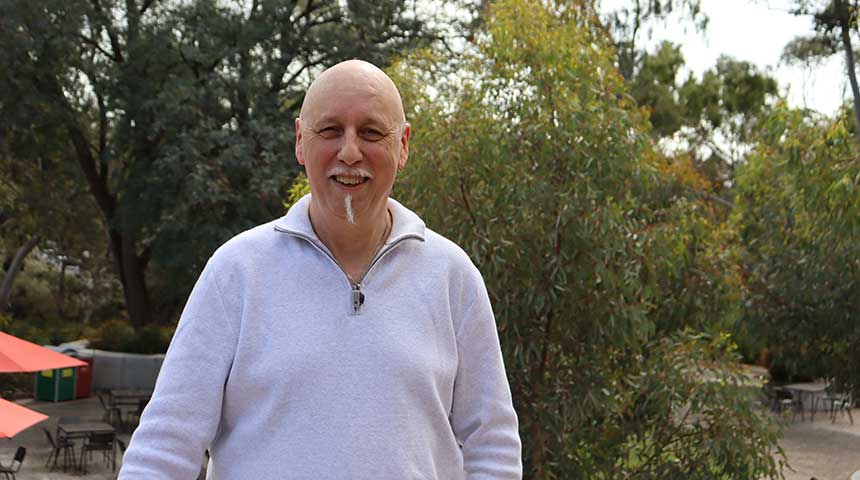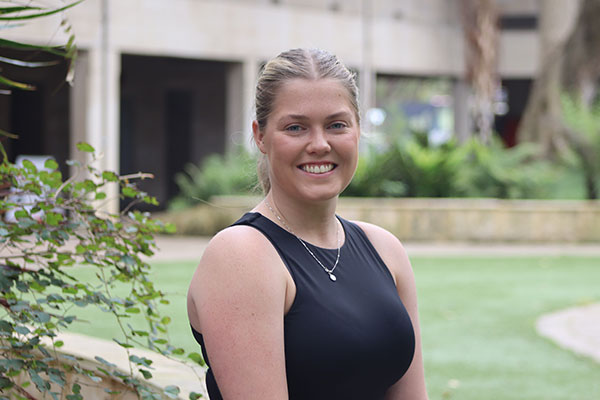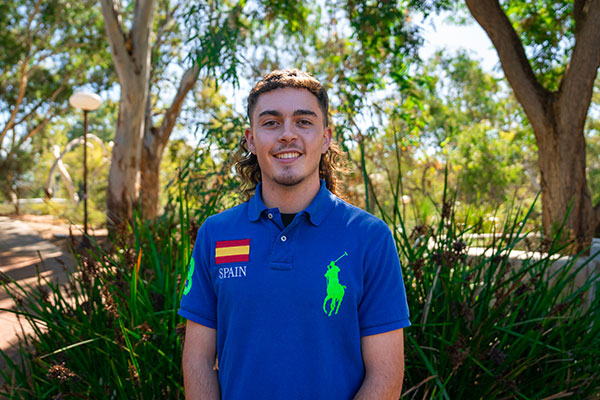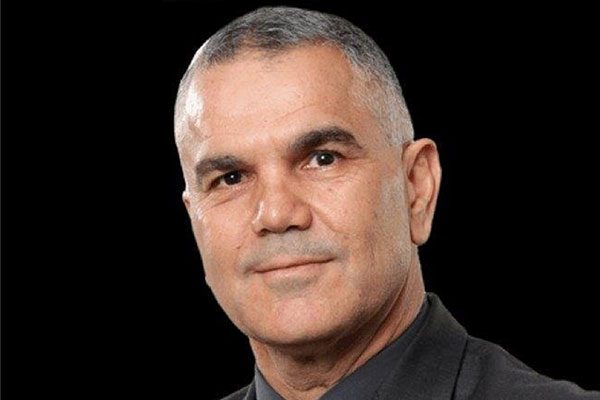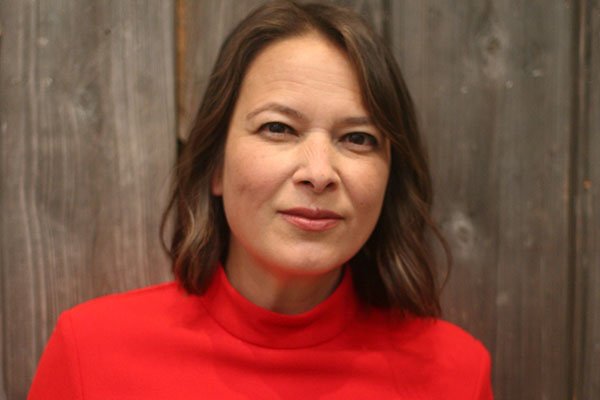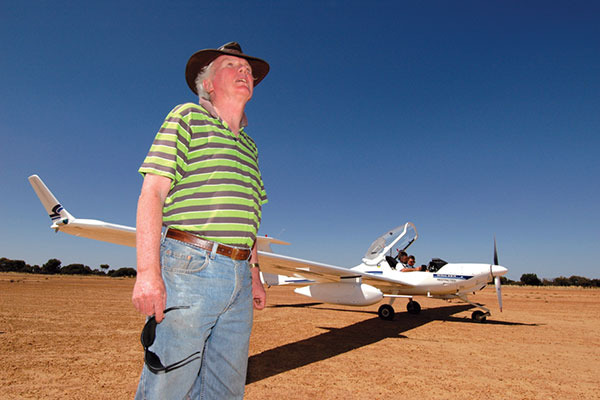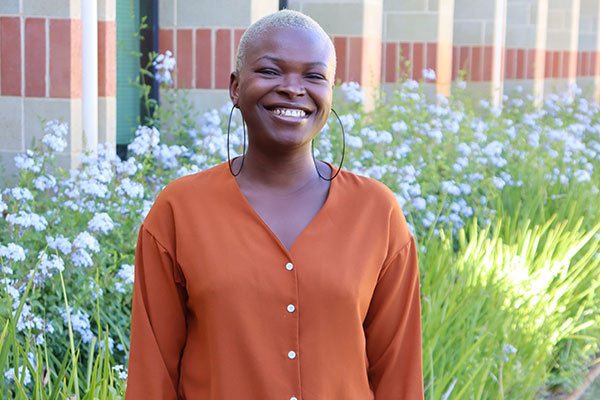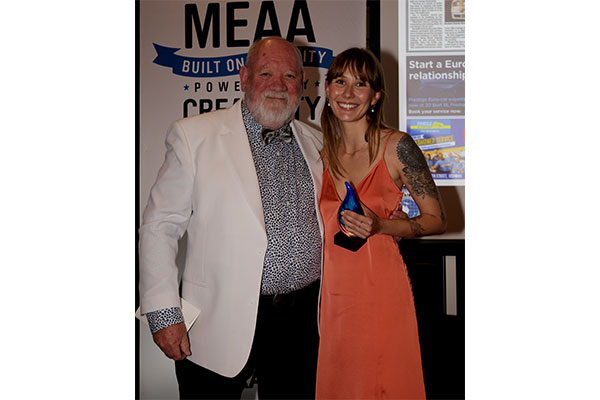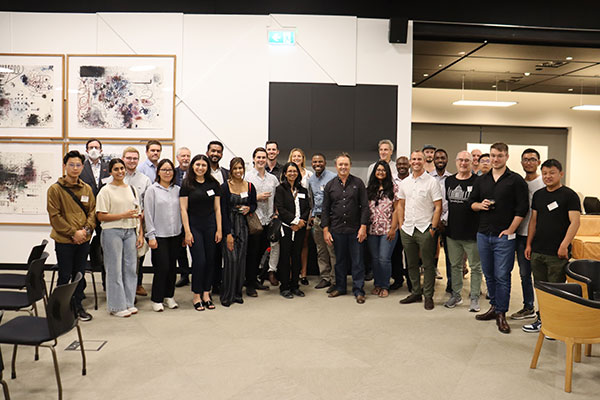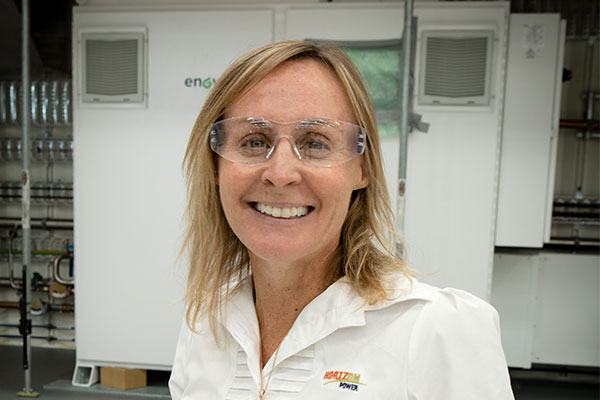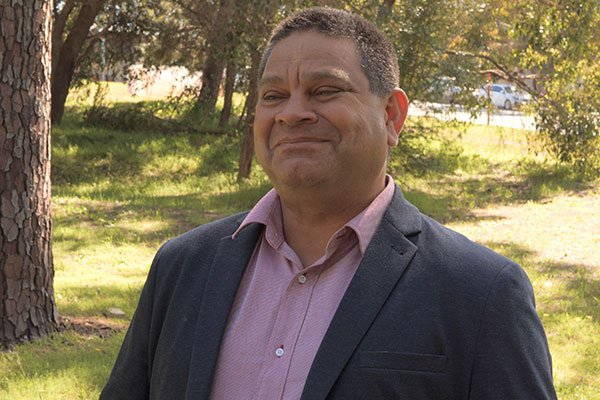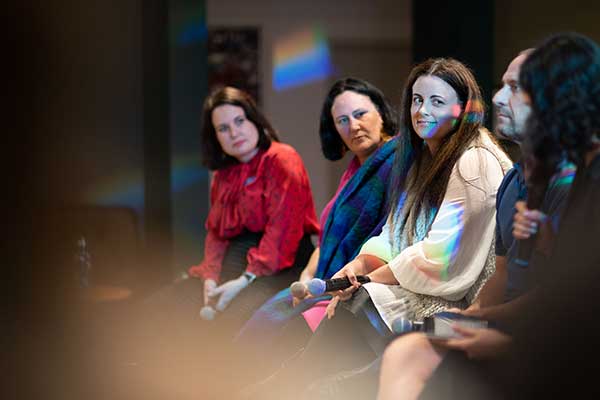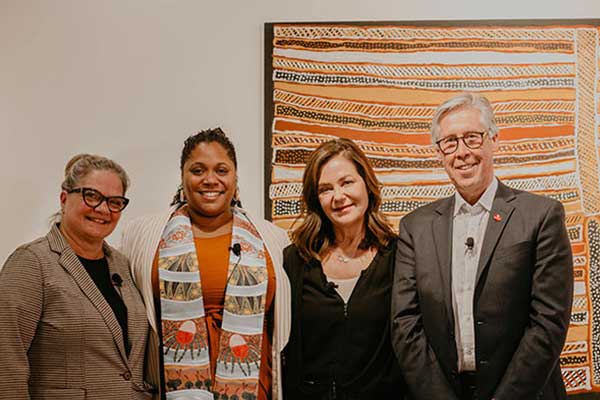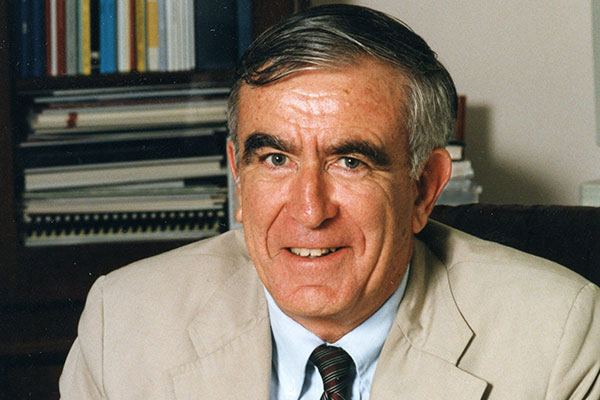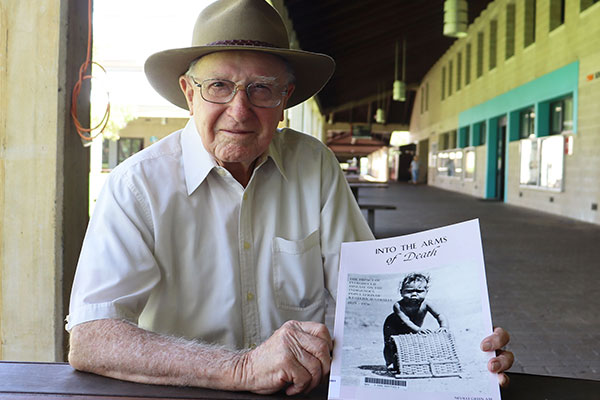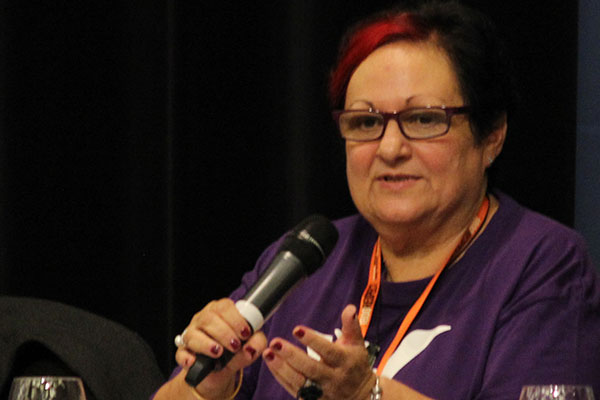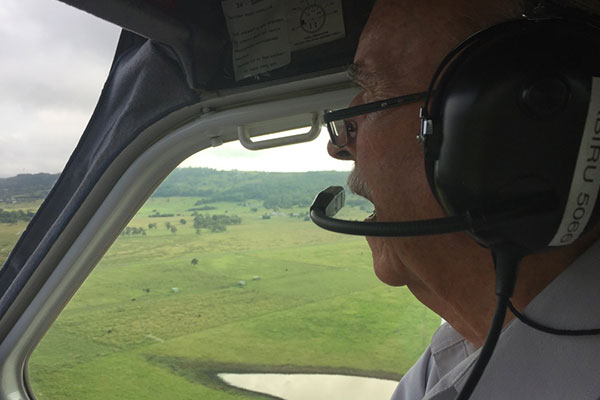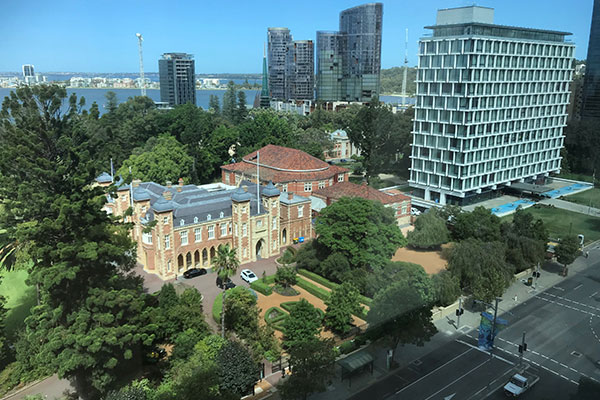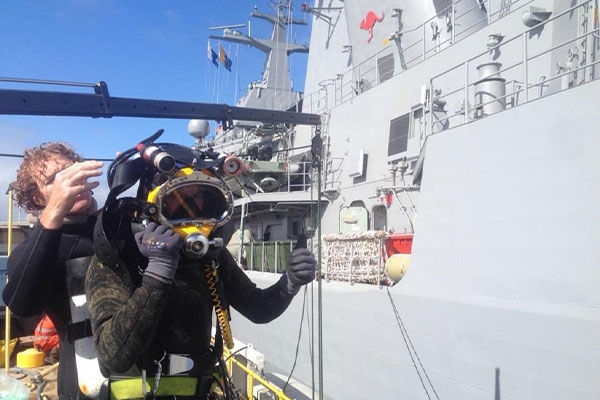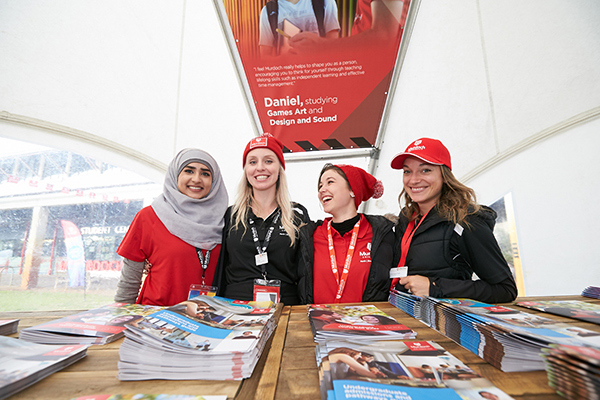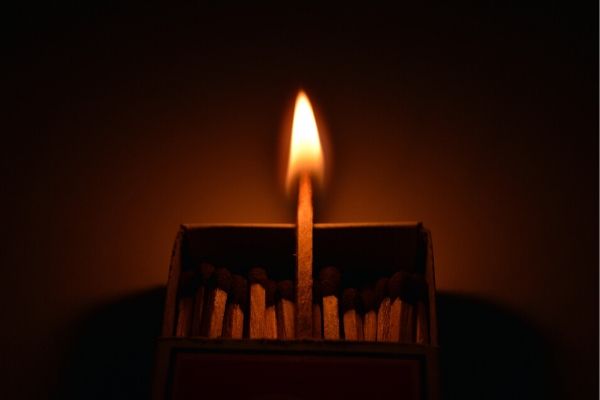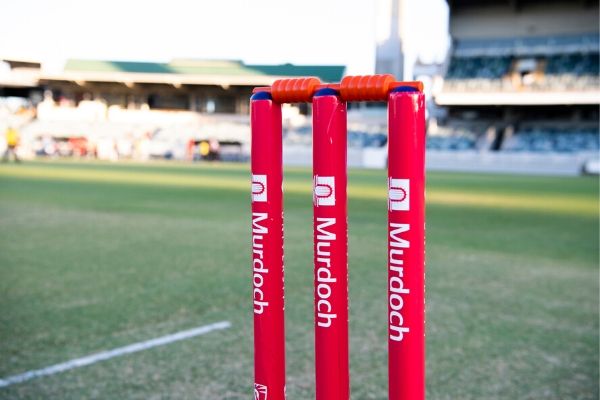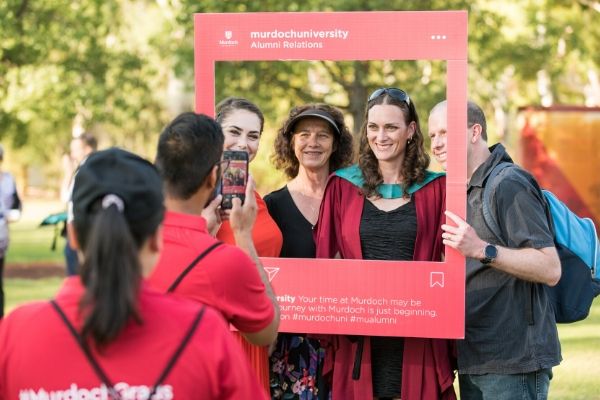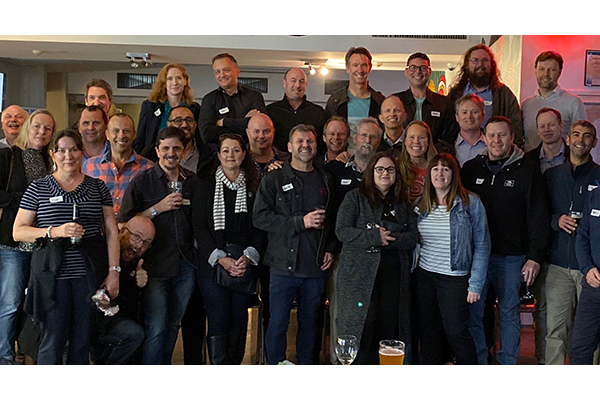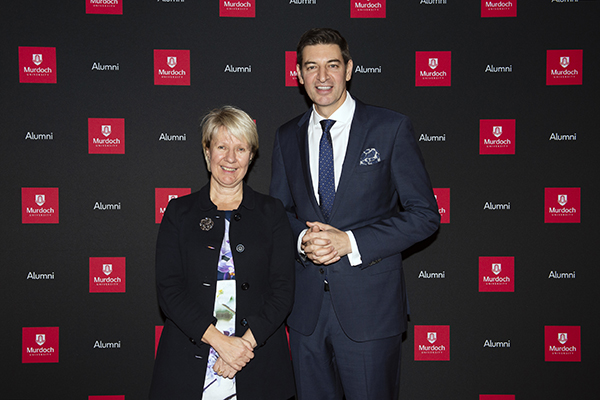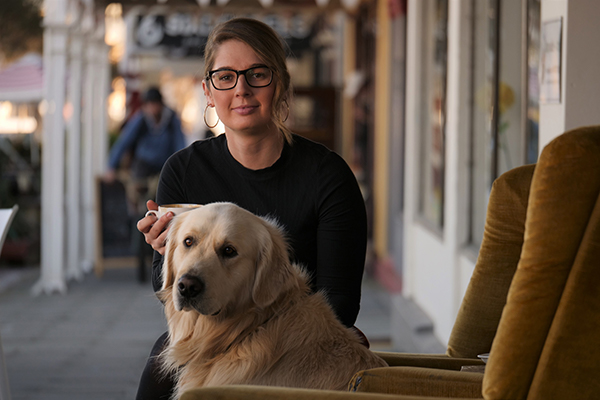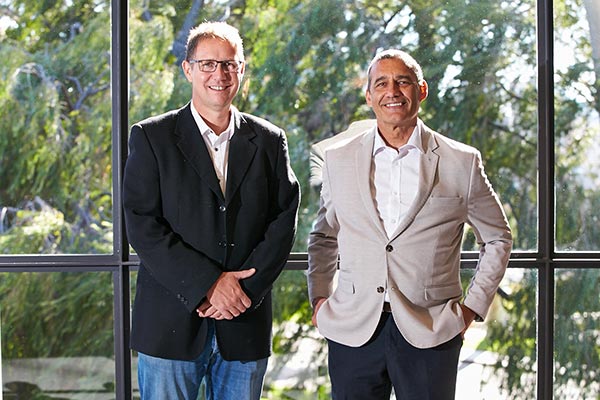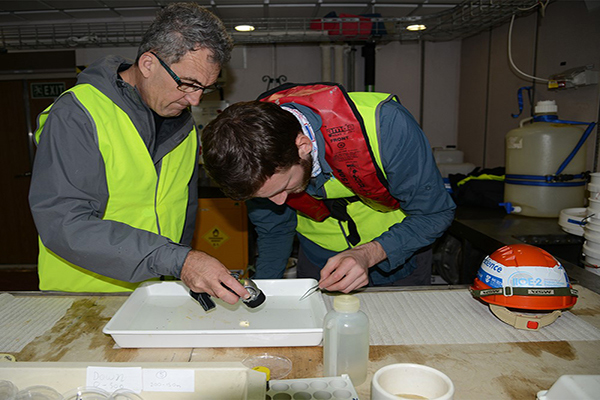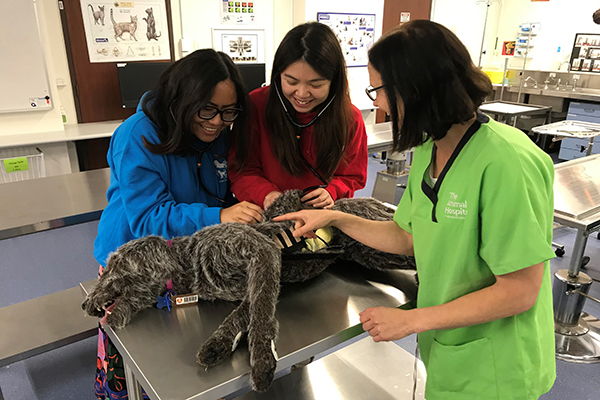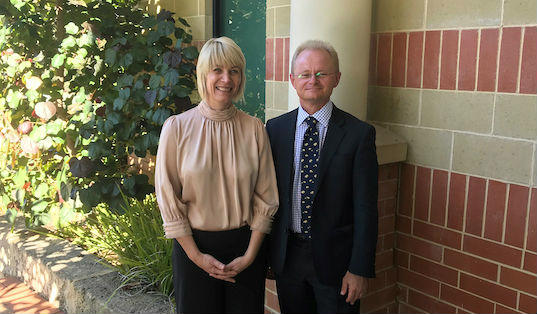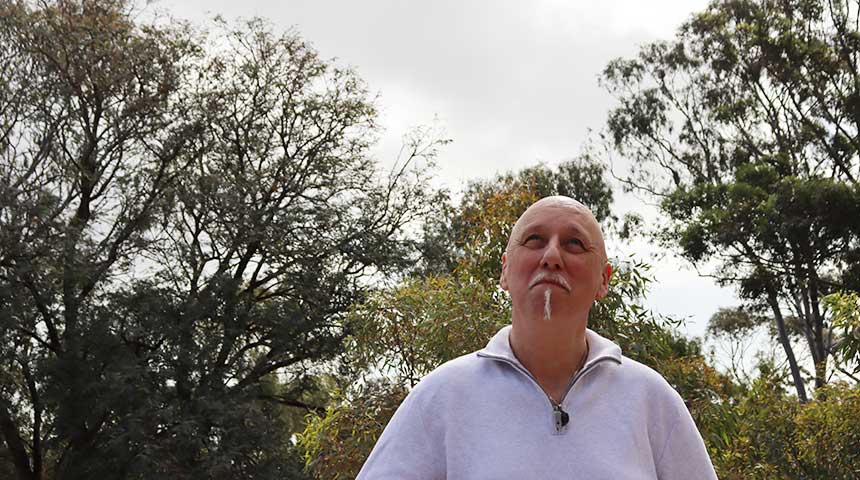
Nice tribute for Murdoch starman.
We have many alumni who have received formal public recognition, but only one as far as we know that has had a minor planet named after them. This unique honour was bestowed recently on Dr Craig Bowers (BSc Physics 1981, PhD 2017).
The honour was in recognition of Craig’s many years of service working at the Perth Observatory, in Bickley WA, as an astronomer and historian. He worked there throughout the 1980s and again in the mid 1990s, spending his early years working on the Transit Meridian telescope, before working on the Perth-Lowell Telescope and a little time on the Astrographic telescope.
After graduating from Murdoch, Craig became a professional astronomer and worked on the UWA 16-inch telescope in the field of double stars. While on the Lowell, his work gained global recognition when he was heavily involved in observing that Cyanogen gas jets were emanating from Comet Halley. The discovery ultimately changing the way comets were observed and adorning the front page of Nature magazine in 1986.
Craig was born in Calgary, in Canada, but spent his childhood in the north Midlands of England. Emigrating to Australia in 1976, Craig was at Murdoch during its very early days in the late 1970s. A visibly distinctive biker at the time, who did occasional security work on campus, he completed his degree, a BSc in Physics in 1980, before embarking on his astronomy career.
After leaving the Observatory, Craig worked in IT, then Information Management (IT, Library, Records) both in government and in the private sector. He moved into senior management and consultancy (Business Management, Project and Risk Management and Disaster Recovery) until his retirement in 2015.
When he was studying his degree in the late 1970s, Craig’s lecturers included a one Emeritus Professor Philip Jennings. Thirty-six years later, the very same Professor Jennings became Craig’s supervisor for his PhD, which examined the history of the Perth Observatory from 1960 to 1993.
“To be honest, two strokes I suffered within six weeks of each other in 2005, were one of the drivers for me embarking on my PhD. I had lost some of my mathematics and physics capabilities, had to relearn a lot of activities, initially the ability to speak coherently, and I thought the PhD would be a good test of my cognitive recovery,” said Craig.
A recovery clearly continuing at full steam, as Craig is currently studying an undergraduate degree in History and Philosophy. He is also an active member of the Perth Observatory Volunteer Group, working as the Honorary Historian, assisting in interpreting historical files and artefacts in the Heritage group, and team leader of the Glass Plate Preservation (a Lotteries West project). He also helps the Librarian/Archivist with preserving the Observatory’s historical paper-based files and recently accepted the offer of Research Director.
It was his Observatory colleagues, many of whom he has worked with for years, who secretly lodged the application for the minor planet to be named after him by the International Astronomical Union, in recognition of his work as an observer and later as an astronomer and historian.
The planet, which was discovered by the Observatory in March 1980 (the Observatory has discovered 35 all up during its history) is 3.2 kilometres in diameter and is situated just outside the orbit of Mars. It takes 3.2 years to orbit the sun and was previously known as 1980 FF_12.
Upon discovering the unique honour, Craig was moved by the tribute from his science peers and friends.
“When the phone call came in and directed me to a IAU newsletter and I saw my name, I have to admit to becoming quite emotional. I’ve always worked towards progressing science and that was enough for me, I am truly humbled by the honour,” he said.
